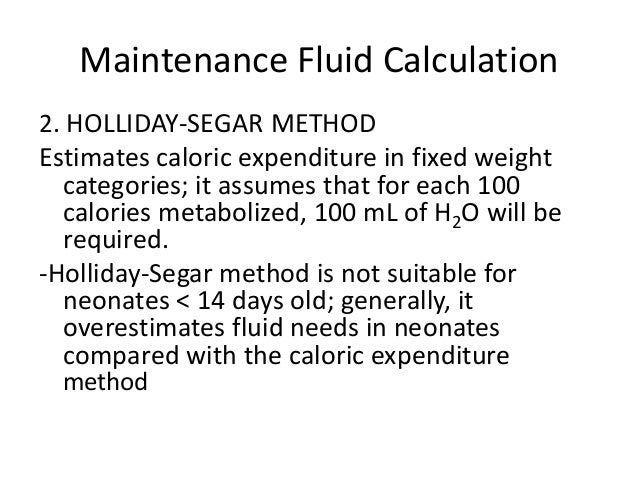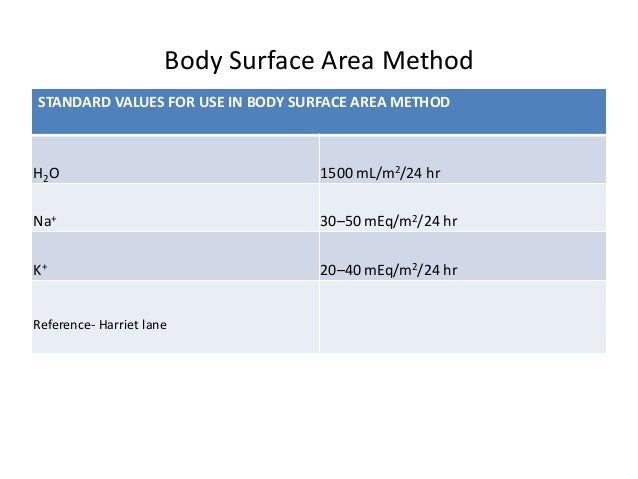

Use up to date national guidance in your area or hospital for patient management). In a child who is not in shock, yet requires IV fluids, deficit correction should be achieved as follows ( note: there are varied methods for calculating fluid deficit and so this information should serve as a guide for learning. the patient is no longer clinically in shock) start IV fluid deficit correction as shown below(4)

All patients should have fluid balance charts to assess fluid input, ongoing losses and urine output. The following may be present in hypernatraemic dehydration, whereby proportionally more water than sodium is lost from the body (4):įigure 1: Assessment and management of dehydration (Reproduced with permission from Dr Hafizah Salleh, paediatric doctor)ĭepending on the clinical picture, rehydration will be achieved via oral rehydration solution or IV fluids. Of the above symptoms and signs, the following are RED FLAGS: Moist mucous membranes (except after a drink)ĭry mucous membranes (except for ‘mouth breather’) NICE have produced the following guidelines for assessing dehydration and shock (4).Īltered responsiveness (for example, irritable, lethargic) Oliguria or anuria could have many causes, one of which is severe dehydration. diabetes mellitus type 1, diabetes insipidus, adrenal insufficiency. Polyuria may cause dehydration and give a clue to the underlying cause e.g.Is the patient still urinating? If so are they passing the same quantity urine and as often as when they are healthy? Is the urine concentrated or diluted?.Along with asking about fluid losses, this will give a rough estimate of the current fluid status of the patient.Is the patient still eating and drinking? If so how much?.In a patient who has vomited how many episodes of vomiting over how long and how much fluid is in each vomitus.Vomiting, diarrhoea, excessive sweating, polyuria.Polyuria – Diabetes mellitus (most commonly type 1 in paediatrics), diabetes insipidusĪ good history will provide information as to whether or not an infant or child may be dehydrated, as well as the underlying cause.strenuous or prolonged physical activity, hot weather, pyrexia. Can present in a variety of common paediatric conditions such as gastritis, gastroenteritis, pyloric stenosis, mesenteric adenitis, acute appendicitis and diabetic ketoacidosis. Diarrhoea and/or vomiting – The most common cause of dehydration in children in the UK and worldwide (2).Neglect – Though uncommon and rarely deliberate, poor fluid intake may result from inadequate feeding in neonates and infants and poor education or supervision in children.This is very difficult if already short of breath. Respiratory distress – In order to feed and drink, it must be possible to temporarily stop breathing.

oral ulcers, tonsillitis, viral pharyngitis, stomatitis. These will most likely be picked up and managed during the neonatal period. tongue tie, cleft lip and/or palate, micrognathism. It is useful to think of the causes of dehydration as falling under one of two categories.Ĭauses of inadequate fluid intake include:


 0 kommentar(er)
0 kommentar(er)
